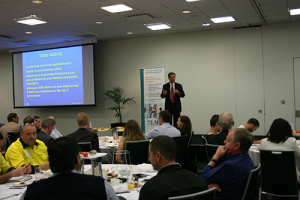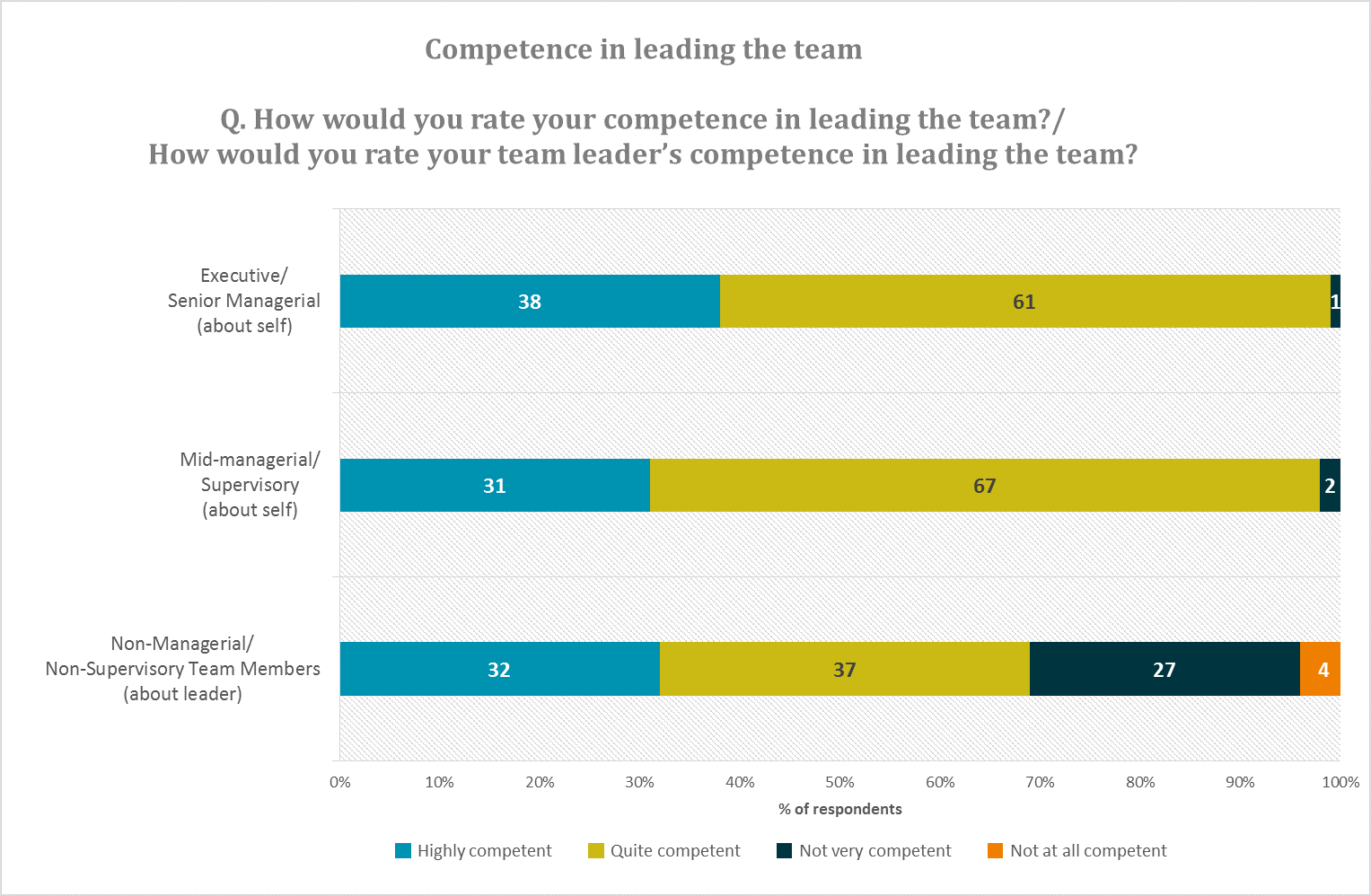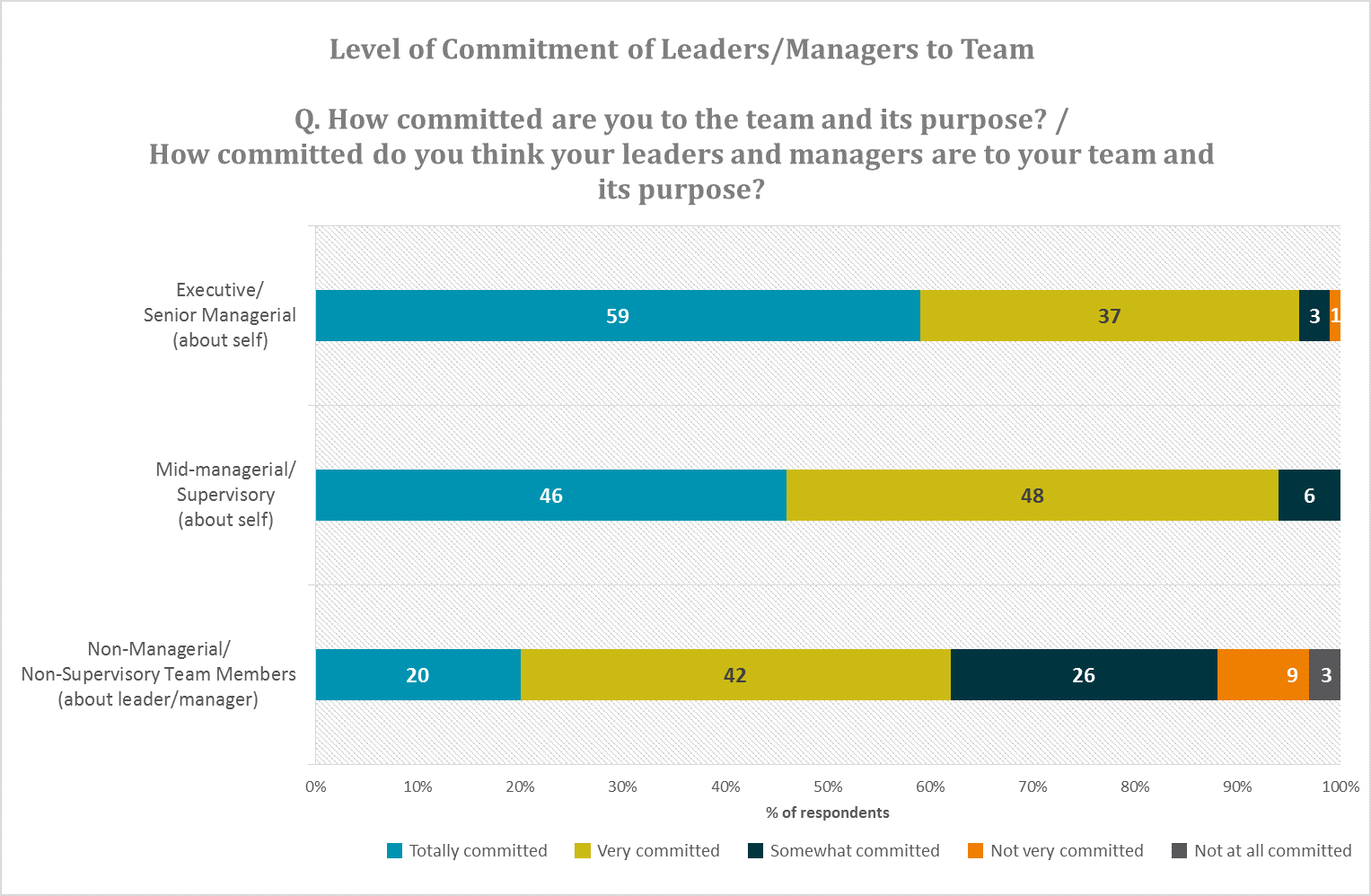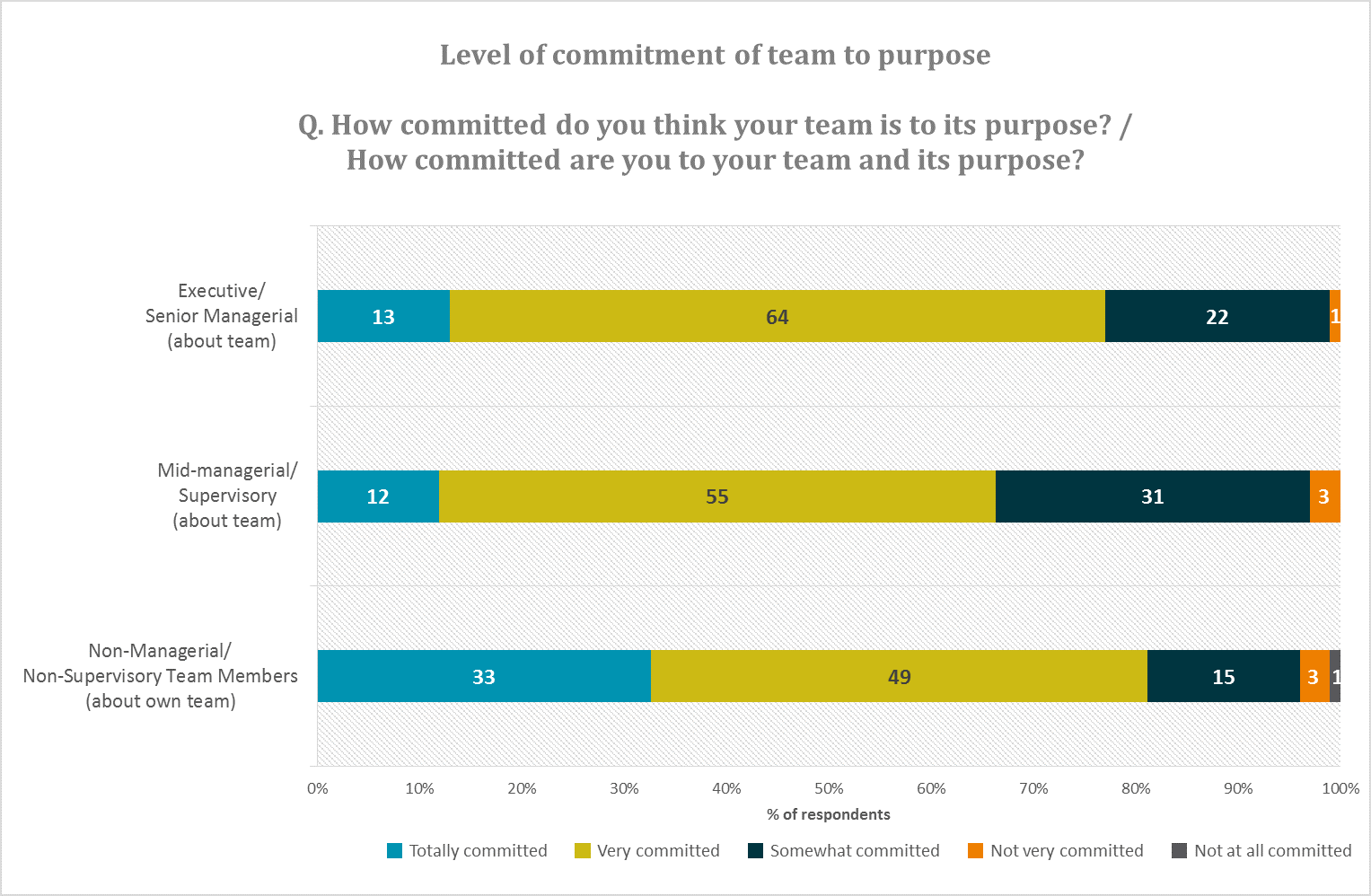Satisfaction with the standard of leadership in organisations is declining and may be affecting productivity growth. Reasons for the declines, and how to develop a leadership style that can reverse them, were outlined at a recent seminar conducted by Leadership Management Australia (LMA).
A significant reason for the adverse trends may be that more is expected from leaders than ever before.
The seminar quoted the following statistics:
- The level of “bureaucracy” issues in organisations, and their complexity generally, have increased considerably – some estimates say by seven times over the past 50 years.
- Communication overload – some estimates say a tenfold increase over 50 years. It is now estimated a manager spends about one day per week managing communications and two days per week in meetings, etc – leaving only about two days to actually do his/her job.
- The number of KPIs used to measure managers’ performance has also expanded considerably.
In this context, a halving of the rate of productivity increases over the past decade is easier to understand.
Gap between leaders’ and employees’ view of leaders’ performance
LMA regularly conducts a survey of management practices called the Leadership Employment and Direction (L.E.A.D) Survey. Like other similar surveys, it has found leaders tend to rate their own performance more highly than their employees rate it.
Statistics from the latest LEAD survey include:
- Overall, the ratio of people satisfied with leaders’ performance to those dissatisfied is about 2:1, but employees gave lower ratings than managers and leaders themselves.
- While about 50 per cent of leaders said they entrusted employees with responsibility and provided them with interesting and challenging work – two of the most influential factors on improving performance – less than 10 per cent of their employees agreed with them.
- While about 80 per cent of leaders claimed they gave employees sincere praise, only 14 per cent of employees agreed.
- There was a similar gap between the perceived importance of good leadership to organisation performance, and their performance at developing good leaders.
When asked to nominate reasons why leadership failed, more than two-thirds nominated poor interpersonal skills (ie the ability to interact with and influence others) as a major reason, versus 45 per cent for personal skills and only 15 per cent for technical/business/knowledge skills.
The increased complexity of leadership roles as discussed above, plus constant pressures to “get it done now” by relying on established procedures and compliance requirements, appears to be a major contributing factor.
Gaps in learning and development
Randy Slechta, CEO of Leadership Management International, said that while the benefits of investment in training, learning and development are not questioned, there is evidence the investment is often misdirected.
One disturbing statistic is that the level of senior management satisfaction with leadership development in their organisations has fallen steadily from 53 per cent in 2003 to only 19 per cent in 2014 – although one of the reasons appears to be that the issue now receives greater scrutiny than it used to.
The survey also found that most (85%) funding goes to the learning experience itself – delivery of training and development – with only 10 per cent going to pre-work and goal setting, and a mere 5 per cent to follow-up, feedback and on-the-job application. Slechta recommended allocating 50 per cent to follow-up, feedback and application, and about 25 per cent each to the other two.
Only about 30 per cent of what is learned from training and development is actually used on the job.
Stages of learning and development
Slechta said that leaders will be at one of the following four stages of performance, and training and development should aim to take them to the fourth stage:
- Unconscious incompetence – the starting point, which requires assessment and education.
- Conscious incompetence – they know or learn what is required but are not yet able to do it well. Training and opportunities to practise learning are required, but Slechta said many organisations do not progress beyond this stage. He added it is also the stage that MBAs will take students to and no further.
- Conscious competence – they can do the job by following procedures, etc. To progress from here, they need constructive feedback and opportunities to apply learning on the job. Evaluation of training and development makes a difference here – most organisations measure knowledge acquired and reactions to training/development, but too few also measure actual behaviour changes and impact on results/return on investment.
- Unconscious competence – mastery of the job. The missing link here is the importance of being able to influence other people that is fundamental to leadership. It involves influencing their values and emotions and being able to energise them, and this is where the overlooked and underrated interpersonal skills become critical. Training and development focuses too much on the “outside” factors such as knowledge and technical skills.
Slechta suggested this is why Australian engagement surveys typically report that only about 25 per cent of employees are actively engaged at work and the majority (about 60 per cent) are only passively engaged.
Leadership by purpose the desired model
About 97 per cent of leadership models in organisations are “transactional”, based on position and/or power. The big challenge for learning and development is to move them to the model of “leadership by purpose”, currently practised by only about 3 per cent.
Leadership by position is based on command and control principles, using fear and consequences to enforce conformity.
Leadership by power is the most common model. It relies heavily on monetary rewards, incentives and sanctions. This has several drawbacks:
- Motivation is contingent on receiving a reward, so not intrinsic
- There is competition for rewards instead of collaboration
- Rewards only reinforce current traditional behaviour (described as “wheelspin”)
- It fosters a culture of compliance
- As rewards increase, employees tend to lose interest and become more extrinsically motivated
- As interest wanes, various forms of aberrant behaviour may emerge, such as resistance to new ideas, fear, defiance, withdrawal, rorting the system and disrespect.
Leadership by purpose requires work to have meaning to employees, who are intrinsically motivated.
Various studies have found that intrinsic motivation results in major gains in engagement, innovation and work performance generally for both leaders and their employees. Features of the workplace include high self-motivation, trust, responsibility and accountability.
However, it can take a lot of time and effort to build relationships. Leaders under time, cost and results pressures find it easier to default to one of the other two styles – again, the “get it done now” edict. Therefore, a supportive organisation culture that encourages and supports people to take ownership of what they do is crucial to reaching the “leadership by purpose” (or transformational leadership) model.
Originally published on workplaceinfo.com.au























